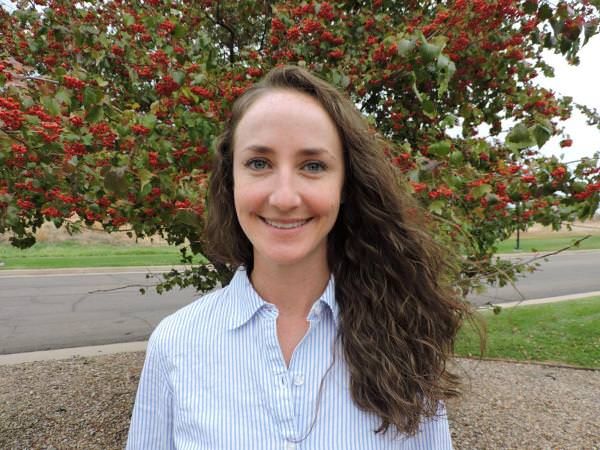Making Water Safer with UV Light - Hometown Water Woes Inspire Student's Research
Published on by Water Network Research, Official research team of The Water Network in Academic
Natalie Hull’s research looks into the different wavelengths of ultraviolet radiation that will best kill dangerous pathogens in the water we drink.
In Natalie Hull’s hometown in rural Kentucky, well water was contaminated by heavy metals from mining, and sewage from pipes emptied into a creek that ran near her house.

Source: UCB
So it’s not entirely surprising that when it came time to choose a PhD topic, she decided to focus on water purification and disinfection. Now in the final year of her environmental engineering studies, Hull’s research looks into the different wavelengths of ultraviolet radiation that will best kill dangerous pathogens in the water we drink.
“I’m excited to do the intense biology research that informs technology development that will help people like those in my hometown,” Hull said.
Hull’s research revolves around ultraviolet light and its role in the disinfection of drinking water. As she put it, she is trying to “understand and optimize the molecular mechanisms of UV disinfection at all different wavelengths.” This means she experiments with different UV wavelengths, using various combinations and doses, to find the most effective means for killing microbes in drinking water.
Hull hopes her research can help limit the use of chlorine, which is used by many water municipalities.
“Some bacteria are more resistant to chlorine, and those can be the same bacteria that make weak people sick,” Hull said. An example she gave was mycobacteria, which can cause lung infections. Myco’s waxy cell membrane, from its mycolic acids, repels chlorine. But the membrane does little to resist damage caused by wavelengths of UV light.
“All drinking water has bacteria in it,” Hull said. “What I am hoping is UV can provide a more broad spectrum treatment and not allow for a higher proportion of opportunistic pathogens.”
Viruses are more difficult to kill with UV than bacteria pathogens, so standards for water cleanliness are based around viruses. This is because whatever killed the viruses in water will likely kill dangerous bacteria at a lesser dose. An exceedingly dangerous virus sometimes transferred through water is the adenovirus, which Hull wants to figure out how to cripple.
Lately, Hull has been experimenting on bacteriophage MS2 as a stand-in for adenovirus, since MS2 shows results of UV exposure within 24 hours, as opposed to waiting two weeks to see results on adenovirus. Before entering her lab, Hull covers herself from head to toe to protect her skin from the damaging UV rays, and then bombards her samples with light.
Ultraviolet wavelengths run from 200 to 300 nanometers, but Hull concentrates on the 222 nanometer wavelength achieved by a special lamp called an excimer lamp. The lower wavelengths, Hull has found, are more effective at damaging the proteins in microbes as well as their DNA, rendering them incapacitated.
The end goal is to implement a more sophisticated water purification system into our water municipalities. Hull described UV lights shining on water as it flowed through the system, killing whatever may be harmful in the water.
“You can either use stronger lights, or slow the flow down,” Hull said, explaining how one might overcome the barriers of an inadequate UV purification system. “But if you need the water you can’t really slow the flow rate.”
Source: UCB
Media
Taxonomy
- Treatment
- Treatment Methods
- Filtration
- Filtration Solutions
- Filtration
- Filtration
- water treatment
1 Comment
-
Natalie, you are exploring water at the molecular level.
I do not know the possibilities and conditions of your laboratory.
There is a task:
Determine the quality of water vapor from various sources.
It is necessary to see vapor vapors from the tap water and a couple of vapors from the green leaf of the plant or from the juice, from your own breathing.Can we catch the differences?
The task is relevant on a global scale.Look at my articles.
Maybe we in cooperation will be able to promote our Hypothesis about artificial evaporation.